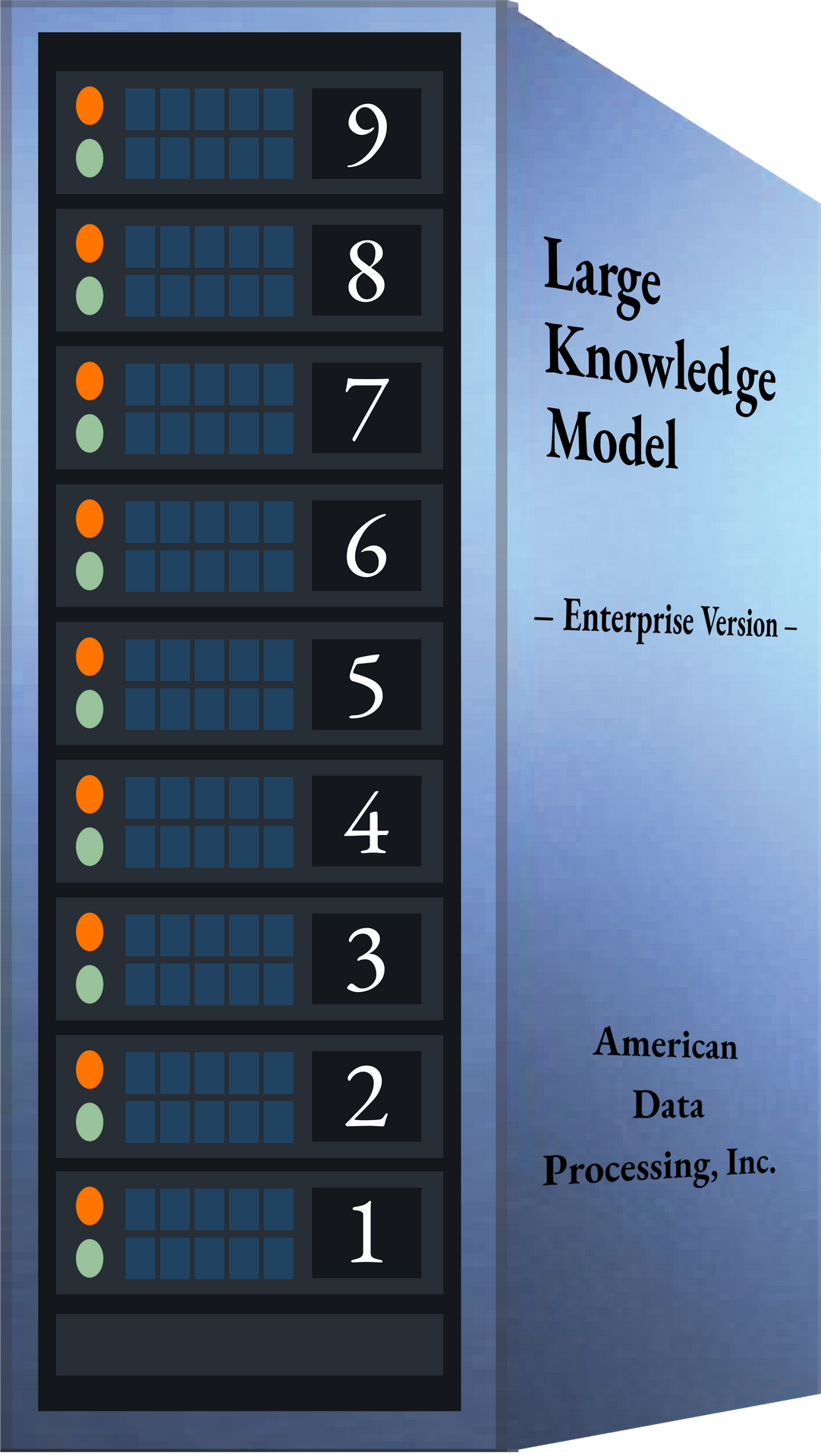 updates
updatesKnowledge Management Platforms
 updates
updatesKnowledge Management Platforms
"Forget
LLMs, Large Knowledge Models Are the Future of AI..."
Analytics India Magazine




1. Scalability,
2. Fidelity,
3. Adaptability,
4. Richness,
5. Explainabilty
Large Knowledge Models, built on structured databases, offer more accurate, precise, and contextually relevant information, surpassing current limitations and failures in current Large Language Models!

Structured Information :Excel in managing and querying structured data, offering precise, specific answers.
Unstructured Approach:Better at handling unstructured data, flexible but less precise.
High Accuracy for Factual Data: Ideal for applications where factual accuracy is critical.
Generative Abilities: Good at generating text and ideas but lacks factual accuracy and creates Hallucinations.
Easier to Update Specific Data:Can be updated in real-time or with specific data changes.
Bulk Updates:Requires retraining over the entire dataset for updates - resource intensive.
Customizable Querying:Allows for complex and customizable querying tailored to specific needs.
Broad, General Queries:Designed for a wide range of queries but may not offer custom depth.
Deterministic Responses:Provides consistent and repeatable answers to queries.
Probabilistic Responses:Can offer different responses to the same query, relying on probabilistic models.
Specialized Knowledge Domains:Tailored for specific domains like medical, legal, or scientific fields.
Generalist Approach:Covers a broader range of topics but may lack depth in specialized areas.
Data Privacy and Security:Designed with robust data privacy and security, crucial for sensitive information.
Potential for Data Leaks:Can inadvertently generate responses based on sensitive data.
Clear Lineage of Information:Easier to trace the source of information, vital for critical decision-making.
Opaque Source of Information:Often difficult to trace the exact source of the information.
Integration with Existing Systems:Often easier to integrate with other business or operational systems.
Stand-alone Operation:Typically functions as a stand-alone tool or layer, may need integration work.
Real-Time Data Processing:Can process and provide insights based on real-time data.
Dependent on Training Data: Limited by the data it was trained on, not real-time.
Lower Risk of Bias:Reduced risk of bias if the data is carefully curated and controlled.
Inherent Biases: Can reflect biases present in the training data.
Compliance with Regulations:Can be designed to comply with specific regulatory requirements.
Regulatory Challenges:May face challenges in compliance due to the broad nature of the data used.
Resource Efficiency:Can be more resource-efficient for specific queries and data retrieval tasks.
Computational Intensity:Often requires significant computational resources to run.
Precision in Predictive Modeling:More Precise in predictive modeling within its structured data realm.
Broader Predictive Scope:Offers a wide range of predictions but with varying degrees of precision.